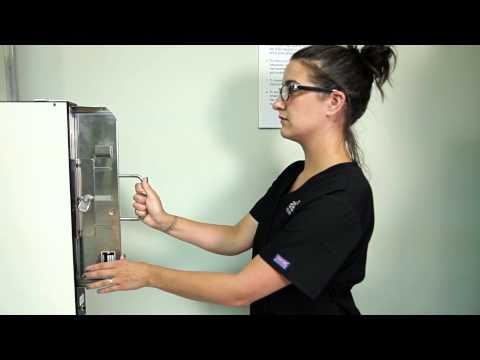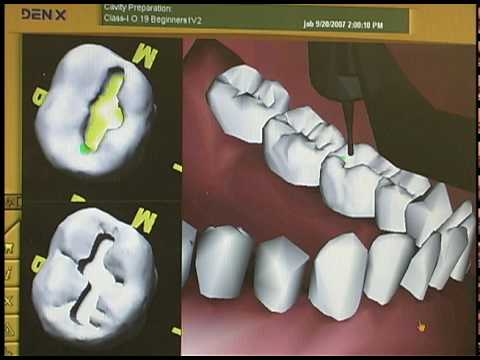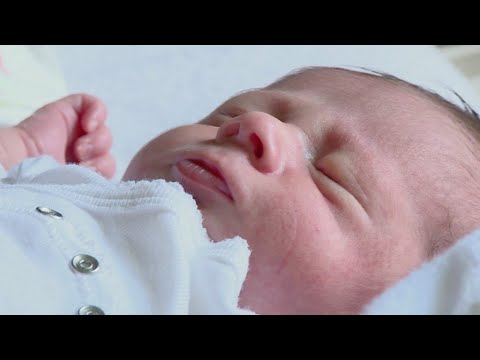Medical Assistant to LPN Bridge Programs: What You Need to Know
Contents
- What are medical assistant to LPN bridge programs?
- Who is eligible for medical assistant to LPN bridge programs?
- What are the benefits of medical assistant to LPN bridge programs?
- What are the requirements for medical assistant to LPN bridge programs?
- What courses are required for medical assistant to LPN bridge programs?
- How long do medical assistant to LPN bridge programs take to complete?
- What is the cost of medical assistant to LPN bridge programs?
- What is the job outlook for medical assistants who complete LPN bridge programs?
- What are the licensure requirements for medical assistants who complete LPN bridge programs?
- Are there any online medical assistant to LPN bridge programs?
Considering a career in nursing? Many medical assistant to LPN bridge programs exist to help you make the transition. Here’s what you need to know.
Checkout this video:
What are medical assistant to LPN bridge programs?
Medical assistant to licensed practical nurse (LPN) bridge programs are educational pathways that allow certified Medical assistants (CMAs) to transition into the role of an LPN. These bridge programs typically take 12-18 months to complete and include both classroom and clinical components.
After successfully completing an accredited medical assistant to LPN bridge program, graduates will be eligible to take the National Council Licensure Examination for Practical Nurses (NCLEX-PN). Upon passing the NCLEX-PN, individuals will be licensed as an LPN and can begin practicing in a variety of healthcare settings.
Who is eligible for medical assistant to LPN bridge programs?
health care worker shortages are causing many facilities to offer medical assistant to Licensed Practical Nurse (LPN) bridge programs. These programs allow Medical Assistants to complete an accelerated LPN program so they can step into roles that are in high demand. If you are a medical assistant who is interested in becoming an LPN, here’s what you need to know about these bridge programs.
In order to be eligible for a medical assistant to LPN bridge program, you must first have completed a medical assistant training program and have earned your medical assistant certification. Some programs may also require that you have worked as a medical assistant for a certain period of time before you are eligible to apply.
Once you have met the eligibility requirements, you can then apply to the LPN program of your choice. When you are accepted into the program, you will complete an accelerated curriculum that builds on the knowledge and skills you already have as a medical assistant.
Upon completion of the program, you will be eligible to take the National Council Licensure Examination (NCLEX-PN) and earn your license as a practical nurse.
Medical assistant to LPN bridge programs can be found at community colleges, technical schools, and some hospitals and health care facilities. If you are interested in pursuing this route to becoming an LPN, contact your local community college or hospital for more information about their specific program requirements.
What are the benefits of medical assistant to LPN bridge programs?
Medical assistant to LPN bridge programs offer many benefits to those who wish to pursue a career in nursing. By completing a shorter, more focused program, students can save time and money while still receiving the quality education they need to be successful in their new career.
Bridge programs also offer the opportunity to build on existing knowledge and skills, which can make the transition to a new career smoother and easier. Additionally, many programs offer externships or clinical rotations as part of the curriculum, which can give students the chance to gain real-world experience in a medical setting.
What are the requirements for medical assistant to LPN bridge programs?
In order to be eligible for medical assistant to LPN bridge programs, you will need to have completed an accredited medical assistant program and have earned your certified medical assistant credential. You will also need to have earned a high school diploma or equivalent. Some schools may require you to take a placement exam.
What courses are required for medical assistant to LPN bridge programs?
Courses required for medical assistant to LPN bridge programs may vary depending on the school you attend, but most bridge programs will require you to complete coursework in anatomy and physiology, microbiology, chemistry, and nutrition. In addition, you will likely be required to complete coursework in nursing theory and practice, as well as clinical rotations in a variety of medical settings.
How long do medical assistant to LPN bridge programs take to complete?
Medical assistant to LPN bridge programs take between 12 and 18 months to complete. During that time, you’ll study topics like human anatomy, physiology, and Medical Terminology You’ll also get clinical experience in a variety of settings, such as hospitals, clinics, and private practices.
What is the cost of medical assistant to LPN bridge programs?
Aspirants of medical assisting careers can have their pick of education and training programs. Some may find a traditional two-year medical assisting associate’s degree program most beneficial, while others may prefer to complete a certificate program in as little as one year. There are even programs designed to bridge the gap between medical assistants and licensed practical nurses, which can be completed in as few as six months.
The cost of medical assistant to LPN bridge programs varies depending on the school and the length of the program. Some schools may offer accelerated programs that can be completed in as little as six weeks, while others may have programs that last up to a year. Most schools require students to have at least a high school diploma or equivalent before being accepted into the program.
What is the job outlook for medical assistants who complete LPN bridge programs?
The job outlook for medical assistants who complete LPN bridge programs is positive. The demand for qualified medical assistants is expected to grow much faster than the average for all occupations through 2024, according to the U.S. Bureau of Labor Statistics (BLS). The BLS projects a 29% increase in employment for medical assistants during this time period. This growth is due to the increasing number of aging baby boomers and their need for more medical care.
What are the licensure requirements for medical assistants who complete LPN bridge programs?
To become a licensed practical nurse (LPN), individuals must complete an accredited LPN program and pass the National Council Licensure Examination (NCLEX-PN). LPNs are then typically required to complete continuing education courses to maintain their license. Some states may have additional licensure requirements.
Medical assistants who wish to become LPNs can do so by completing an LPN bridge program. These programs allow medical assistants to complete the coursework needed to sit for the NCLEX-PN exam in a shorter timeframe than it would take to complete an accredited LPN program.
LPN bridge programs generally have specific admission requirements, including a minimum GPA and completion of certain prerequisite coursework. Once enrolled in the program, students will complete coursework in topics such as anatomy and physiology, pharmacology, and nursing care procedures. Clinical rotations are also typically a required part of these programs.
Upon successful completion of an LPN bridge program, graduates will be eligible to take the NCLEX-PN exam. Once they pass this exam, they will be able to obtain an LPN license and begin working as an LPN.
Are there any online medical assistant to LPN bridge programs?
No, there are no online medical assistant to LPN bridge programs. You will need to complete an accredited LPN program to be eligible to take the NCLEX-PN exam and become licensed as a practical nurse.







